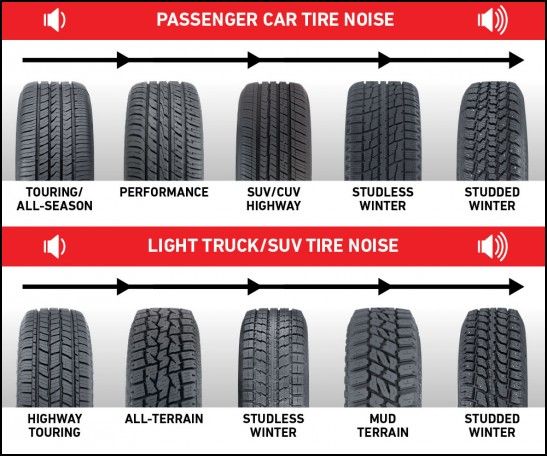Never operate tire studding or other equipment without proper safety equipment. Shop approved safety glasses and work gloves should always be used for your own protection.
The stud gun will automatically return to the start position leaving the tire stud in the tire. The timing of steps 4, 5 and 6 are important and take some time to learn.
Helpful Hints and Recommendations
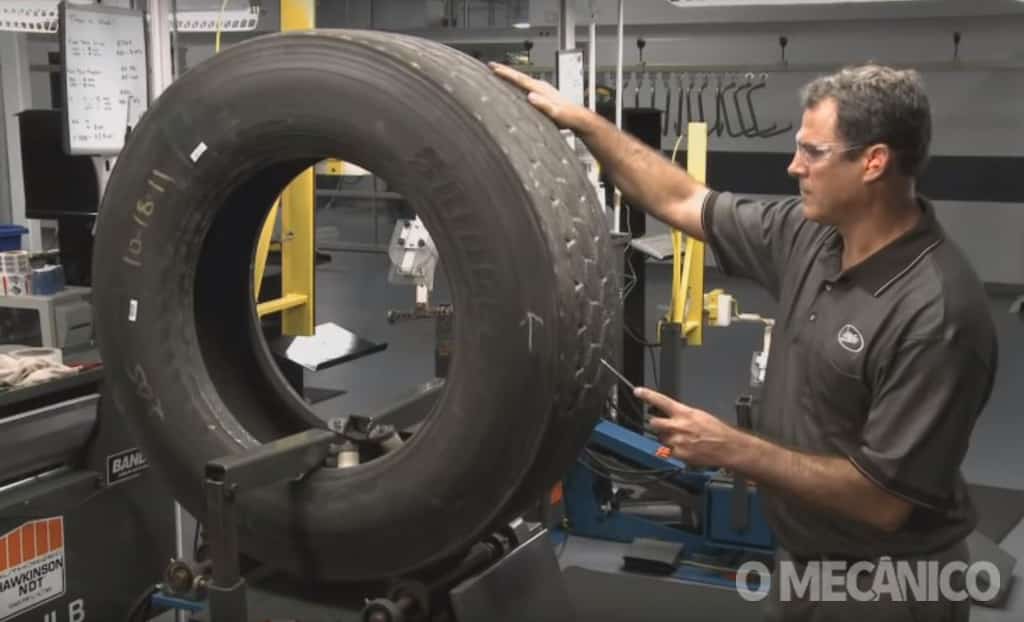
Properly and Improperly Installed Studs
Advise the customer that the studded tires require a break-in period. The customer should drive normally (try to avoid hard cornering, acceleration and braking) for a few days or so (approx. 50-100 miles) to allow for proper tire stud seating.
How to Video: TSIT-9 Stud Insertion Tool
How to Video: Stud removal
How to Video: K500 Stud Insertion Tool
How to Video: TSIT-9 Repair Video
Outside's long reads email newsletter features our strongest writing, most ambitious reporting, and award-winning storytelling about the outdoors. Sign up today.
Sign up today.
Nowhere does consumer perception lag further behind on-the-ground reality than in the car world. And that’s a problem, because your outdated beliefs, loyalties, and superstitions are probably costing you money and compromising your safety.
We discussed just that last year, when I told you that running winter tires matters way more than buying an all-wheel drive car. But that article had one major flaw: I neglected to explain why studded tires are so vastly inferior to the modern studless alternative. And readers have since indicated that they are actually running studded tires in conditions that don’t merit them. This is my attempt to fix that.
Studs Only Grip IceIf you don’t read any further, the fact that studs only provide additional grip on clear ice is probably the most important takeaway I can give you. Studs themselves are small, sharp metal protrusions installed into the tread of a tire. Because they get between the rubber and whatever surface you’re driving across, they need to be able to poke into that surface and momentarily stick there, resisting lateral forces, in order to provide grip.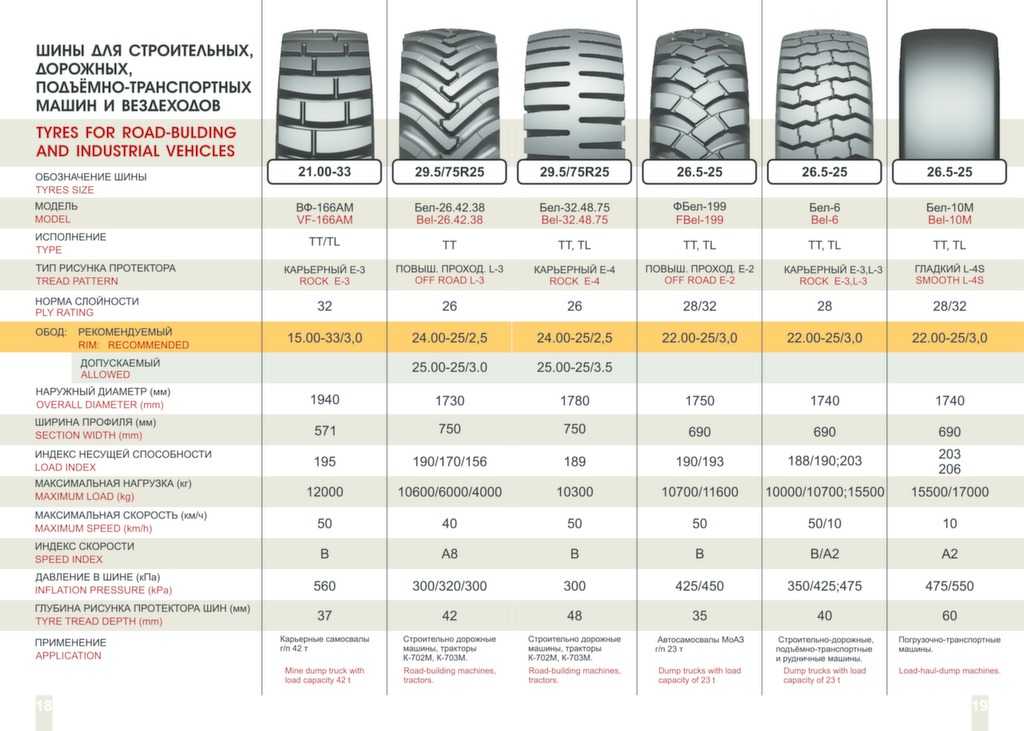
Picture other winter surfaces: in packed, loose, or deep snow, the studs will definitely penetrate, but they won’t find the resistance necessary to actually add grip. In slushy or wet conditions or on bare pavement, the tire needs to come into contact with the road surface in order to find traction—and the metal studs actually get in the way of that.
So studs help on bare ice only, do nothing for you in snow, and actually make you less safe in other conditions.
For last year's article on all-wheel-drive versus better tires, I interviewed Woody Rogers, the head of Tire Rack’s testing team. Because Tire Rack is the largest online tire retailer, Rogers tests virtually all makes and models of tires and his job is to be as objective as possible. Tire Rack doesn’t care about selling you a specific tire; they care about selling you the best tire for your needs. “Drivers can’t dictate the surfaces they drive on,” he told me. “They just need a tire that works across all the hazardous conditions they face in winter months.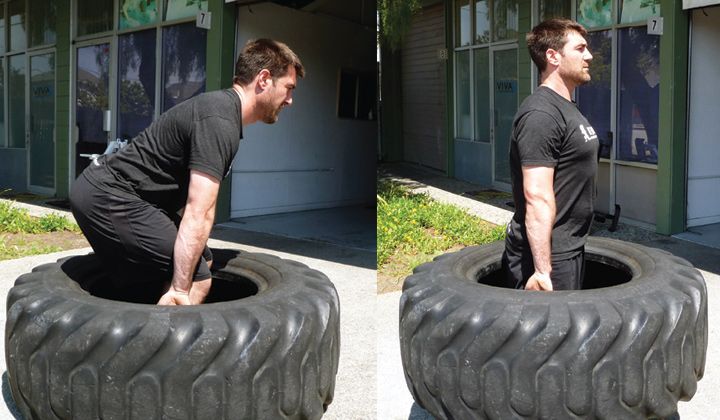 ” And that’s not studs.
” And that’s not studs.
Back in 2001, Washington State conducted an exhaustive study into the performance of studded tires. One of its most interesting conclusions was that, while studs do grip clear ice very well, they only do so under a very specific set of circumstances.”Studs are most effective on ice at or near 32 degrees F and lose their efficacy as temperatures drop and the ice becomes too hard for the studs to grip or when temperatures rise and ice melts to slush or wet pavement,” the study reads. The minimum effective temperature for studs? Zero degrees Fahrenheit, according to the study.
And that’s a huge problem, because bare ice in those temperature ranges where studs help only exists on roadways for a very small amount of time. In Washington, the study found that conditions where studs work only exist one percent of the time. In Alaska, those conditions occurred just six percent of the time during winter months.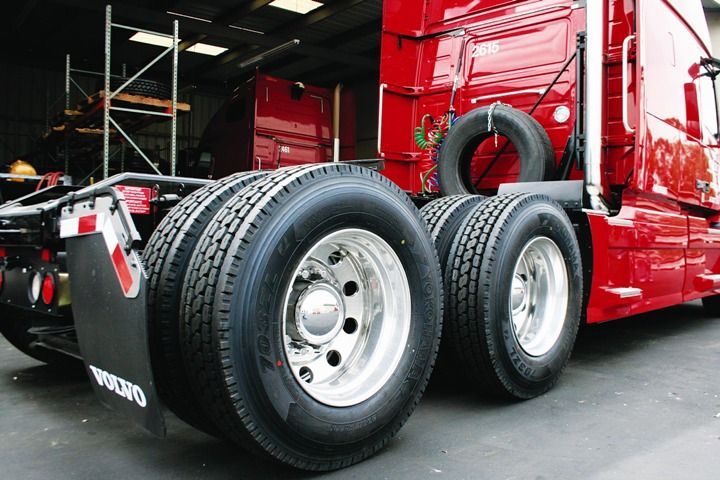 In Connecticut, that number is just half a percent. In Ontario, bare ice between zero and 32 degrees accounts for less than two percent of vehicle miles traveled.
In Connecticut, that number is just half a percent. In Ontario, bare ice between zero and 32 degrees accounts for less than two percent of vehicle miles traveled.
Go back to Rogers’s quote above, and you’ll see why having a tire that only works as advertised in such specific, rare circumstances will be problematic. I called him back up for help with this article. “There is absolutely a time and place where a studded tire is a superior solution,” he tells me. “But I don’t know a place in the U.S. where conditions merit studs all winter. So, you have to consider managing the tradeoffs.”
Stopping distances from 25 MPH for Bridgestone Blizzaks (the first modern studless winter tire), compared to those for studded winter tires, and all-seasons on both bare ice and packed snow, at 10 degrees F. (Washington State Transportation Center)The TradeoffsTiny metal spikes don’t grip pavement as well as soft, pliable rubber. So, by getting between the rubber and the road, studs actually reduce grip, and therefor safety, in slushy, wet, or dry conditions.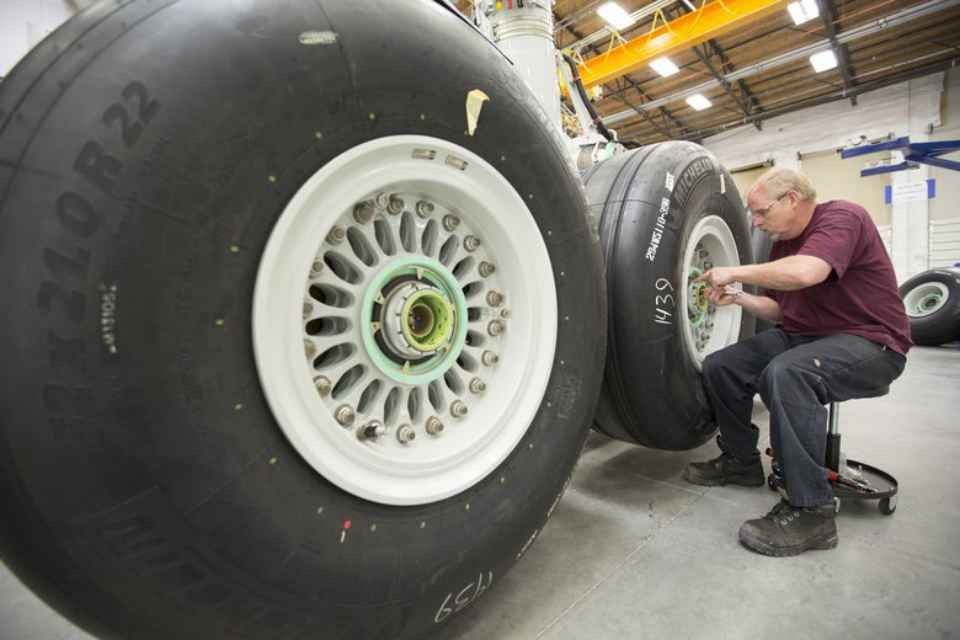
A study conducted in Alaska in 1994, soon after the advent of modern studless winter tires, compared the braking, acceleration, and cornering performance of studded, studless winter, and all-season tires across packed snow, clear ice, and bare pavement. Studded tires demonstrated some advantage in braking and acceleration on bare ice, were actually out-cornered by studless winter tires, and were demonstrated to reduce grip in all tests on bare pavement. Consider the small fraction of the time in which conditions merit studs and you can see that you are sacrificing grip—and, again, safety—throughout most of the winter.
“There is absolutely a time and place where a studded tire is a superior solution. But I don’t know a place in the U.S. where conditions merit studs all winter. You have to consider the tradeoffs.”
And that's assuming your studs are in good condition. “Think about how much of your driving here in the U.S. is spent on non-snowpack roads,” says Rogers. “And that is wearing at the studs, blunting the sharpness of them, and wearing them down. That takes away some of the traction advantage.”
“And that is wearing at the studs, blunting the sharpness of them, and wearing them down. That takes away some of the traction advantage.”
How much grip is lost as studs wear? “When stud protrusion diminishes to 0.024 in. (0.6 mm), the frictional effect from the studs becomes negligible,” concludes the Washington study. It found that after just 1,000 miles of driving on bare pavement, the braking distance of studded tires increased by 12 percent.
Studs aren’t the only things that wear when they’re driven on bare pavement. The road surface itself is also torn to pieces. By damaging pavement so significantly, studs actually create a significant amount of pollution, throwing microscopic asphalt and concrete particles into the air. In Japan, concerns about this type of pollution led to the development of moderns studless winter tires in the early 1990s. Studs are now banned in that (very snowy) country.
“And then there’s the noise,” says Rogers. “The noise is crazy. I still remember the first time we drove on studded tires as part of a test here, I was in a caravan with other cars, and we had a studded car and a studless car.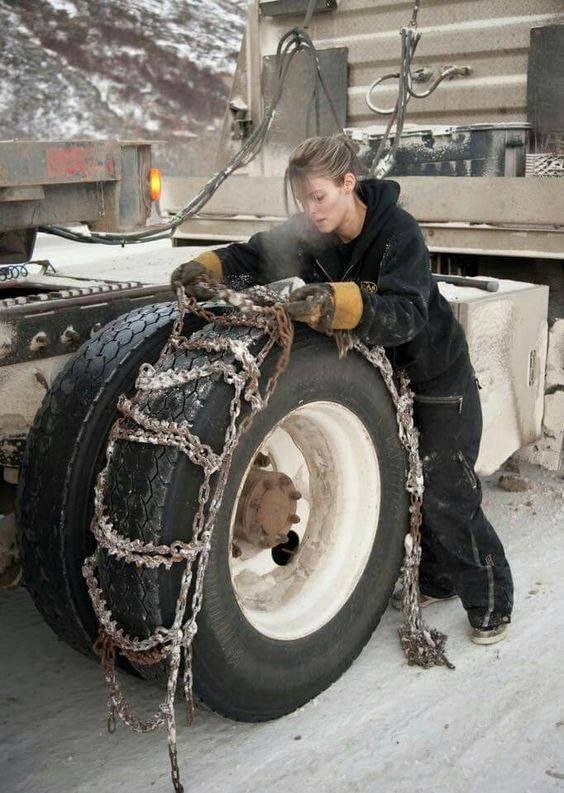 I was an eighth of a mile behind the studded car, and even with the windows up, I could here the noise from the tires of the car ahead of me.”
I was an eighth of a mile behind the studded car, and even with the windows up, I could here the noise from the tires of the car ahead of me.”
All that for a small advantage in one specific circumstance that only accounts for a tiny fraction of the miles you’ll log during the winter?
Stopping distances on bare ice, at different temperatures. (Washington State Transportation Center)Studs Aren’t Great to Drive OnBack in the 2000s, when it was my job to test new cars, I once crashed a Corvette into a bank of frozen snow way up in northern Sweden. Why? Well, because I’m an idiot, obviously. But part of the reason was also due to the unique handling characteristics of studded tires, which I failed to fully account for.
“With a studded tire, what we’ve found particularly during braking and acceleration, is that once the tire spins, the studs cut a groove in the ice,” says Rogers. “Then the next stud that comes along behind it comes right through that same groove and has nothing to grab onto.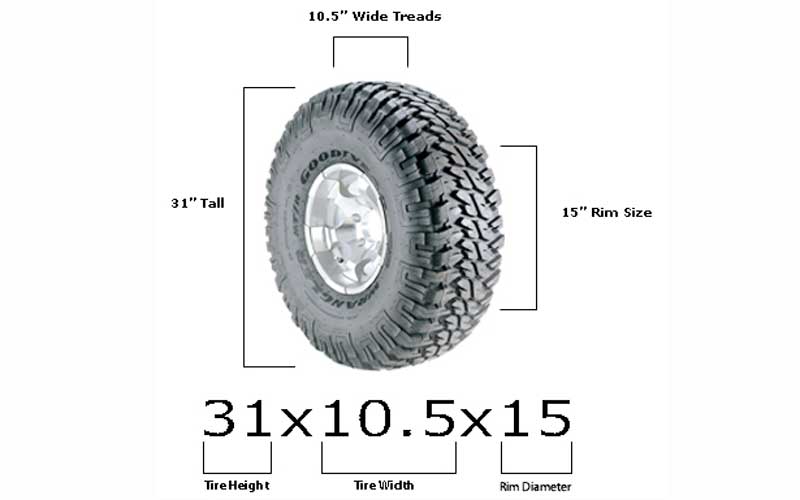 ” It only takes about a quarter of a revolution for that effect to take place, and once it occurs, grip disappears instantly.
” It only takes about a quarter of a revolution for that effect to take place, and once it occurs, grip disappears instantly.
“That leads to what you felt in the Corvette,” Rogers tells me. “Grip, grip, grip, grip, grip, then whoops—who pulled the rug out?”
Even if you’re not lapping a car around a race track carved onto a frozen lake, this lack of communication from studded tires could impair your ability to drive safely in winter conditions. Whereas studless tires lose their grip progressively, communicating to the driver that they’re nearing the limits of available grip, studded tires lose grip suddenly, without warning. You won’t know you’re driving too fast for the conditions until you end up in a ditch.
Do You Need Studded Tires?The simple answer is that studs are an outdated technology that's no longer relevant in the vast majority of driving conditions.
“The traction of studded tires is slightly superior to studless tires only under an ever-narrowing set of circumstances,” the Washington study concluded—way back in 2001. “With…the advent of the new studless tire, such as the Blizzak, since the early 1990s, the traction benefit for studded tires is primarily evident on clear ice near the freezing mark, a condition whose occurrence is limited. For the majority of test results reviewed for snow, and for ice at lower temperatures, studded tires performed as well as or worse than the Blizzak tire. For those conditions in which studded tires provided better traction than studless tires, the increment usually was small.”
“With…the advent of the new studless tire, such as the Blizzak, since the early 1990s, the traction benefit for studded tires is primarily evident on clear ice near the freezing mark, a condition whose occurrence is limited. For the majority of test results reviewed for snow, and for ice at lower temperatures, studded tires performed as well as or worse than the Blizzak tire. For those conditions in which studded tires provided better traction than studless tires, the increment usually was small.”
This winter, will you drive in extreme cold? Will you drive on snow? Will you encounter bare, plowed highways? Winter driving is defined by its unpredictability. Fortunately for all of us, there is a device designed to deal with all of it: The modern studless winter tire.
Truck and bus studding is a direction of our production that has been gaining more and more popularity over the years, because close communication within the world of cargo transportation transmits positive feedback from mouth to mouth.
In terms of studding, winter tires for buses and trucks do not differ much from each other. have a single size grid and in both cases, cargo spikes are used that can ensure the controllability of multi-ton long-wheelbase vehicles with any valuables on board, be it the lives of passengers or cargo.
Why don't truck tires stud as ubiquitously as passenger cars? Every sensible motorist changes tires from summer to winter seasonally, but many heavy trucks polish the snow in winter, skidding on bald tires, not knowing about such a service or holding back a significant amount instead of purchasing a second set.
In cargo studding, it is important to choose the right studs and then studded tires will serve you for a very long time:
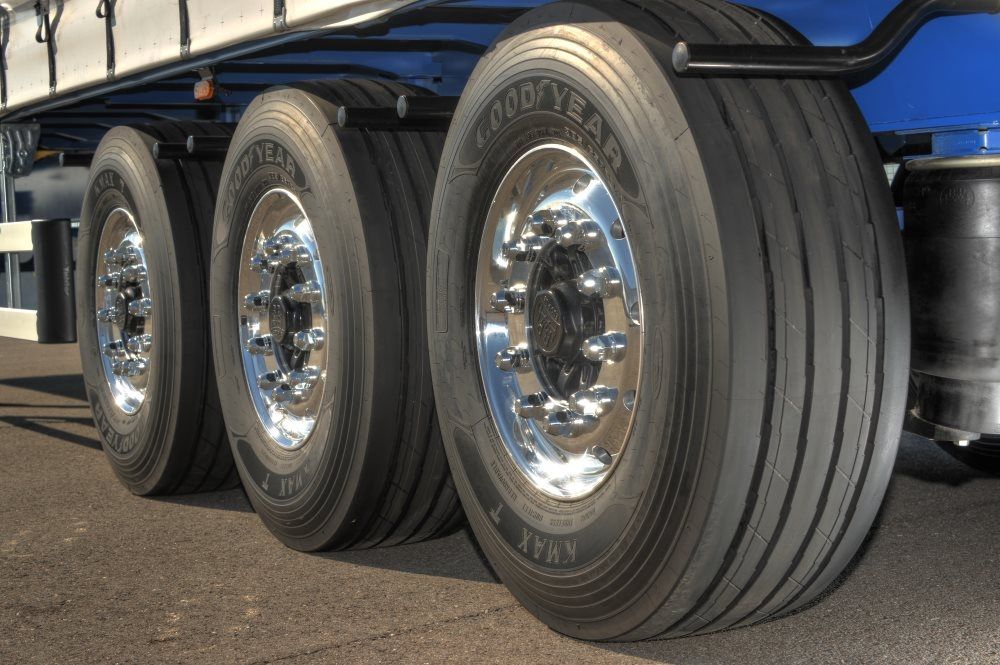
And in general, why compare cars and 20-ton cars: if the truck fails to slow down in time and goes sideways, or vice versa, it will arbitrarily and uncontrollably go back to the beginning of the hill it climbed, the damage can be incomparable and there is not enough crumpled bumper who gets off. What can we say about the disruption of supply plans and the integrity of the goods transported in the trailer.
Truck and bus studding is a long-term investment in the safety of your vehicles and your drivers and in the reliability of your entire logistics. This is a confident and predictable behavior of transport with any load both in the city and on the highway.
This is a confident and predictable behavior of transport with any load both in the city and on the highway.
Name of the brand
Technique weight
Dimensions
Fit
Speed
Dimensions of the tire
Remius of reversal
4x2 (4308-N3)
9000max 100 km/h
245/70 R19.5
8.5 m
4x4 (4326)
12.6 t
7625x3395 mm
5.2 t
max 90 km/h
425/85 R21 (1260x425-533P)
9000 m6x6 ( 65111)
25.2 t
7060x3015 mm
16.5 t
max 80 km/h
11.00 R20 (300 R508)
11.3 m
6x4 (65115)
17 ,3 t
7040х2790х2500 mm
22.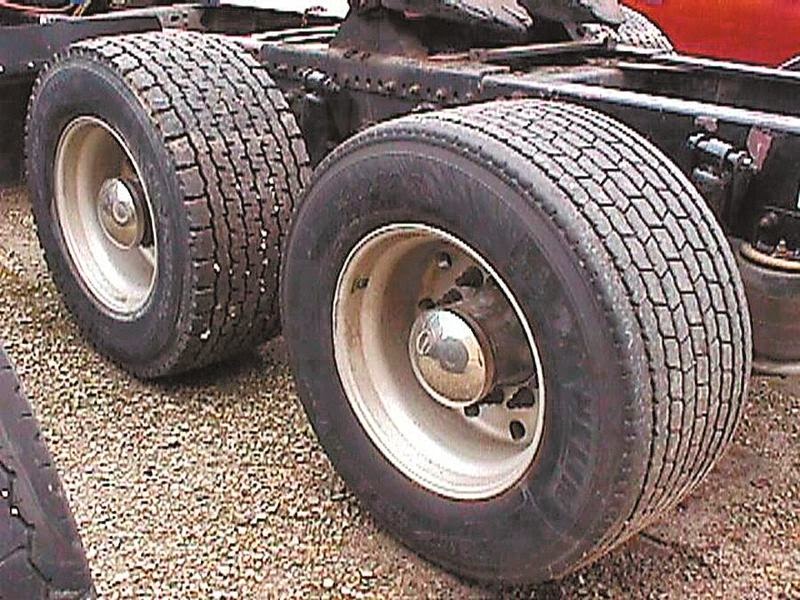 4 t
4 t
max 80 km/h
11.00 R20 (300 R508)
9 m
8x4 (65201-63)
19.6 t
10900x2935 mm
31 t
max 80 km/h
12.00 r20
11.5 m
8x4 (65201- 21010-53)
44 t
9230x2550x3370 mm
11365х3520х2550 mm20.8 t
max 90 km/h
16.00R20
16.9m
Name of the brand
Technique weight
Dimensions
Fit
Speed
Dimensions of the tire
Remius Razzota
KrAZ-6510
9000 80 km/h11.00R20 (300R508) I68A model, "universal" tread pattern. It is allowed to install tires 12.00R20 (320R508) model I 109B.
12 m
KrAZ-651001
11.7 T
9580x2765x2500 mm
13 t
Max 80 km/h
11.00r20 (300R508) Model I68A, Tector Universal Protector. It is allowed to install tires 12.00R20 (320R508) model I 109B.
12 m
KrAZ -6444
9.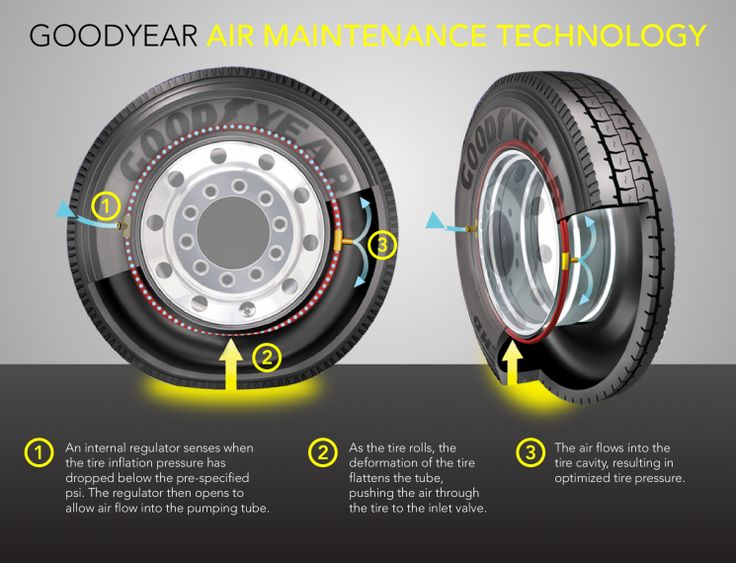 2 t
2 t
8100x33300x2720 mm
-
Max 80 km/h
11.00R20 (300R508) Model I68A, TECTOR DECECTOR "Universal". It is allowed to install tires 12.00R20 (320R508) model I 109B.
12 m
KrAZ-65101
9.2 T
9580x2800x2500 mm
16.5 t
max 80 km/h
11.00r20 (300R508) Model I68A, Tector Pacifier "Universal". It is allowed to install tires 12.00R20 (320R508) model I 109B.
12 m
Ural 4320-09-31
8.7 t
7588x2500x2785 mm
7 t
max 85 km/h
Models of OI-25 sizes 370-508 (14.00-20) , adjustable pressure
11.4 m
Ural 4320-0010-31 (Ural E4320D-31)
8.7 t
7588x2500x2785 mm
max 85 km/h
12.00R20 (320r508), 14.00-00-00-00- 20 (370-508), 390/95R20
11.4 m
Ural 5557 0013-40
20.2 t
10 t
max 72 km/h
1200x500-508
.6 11,6 m
Ural 4320 1111-41
15.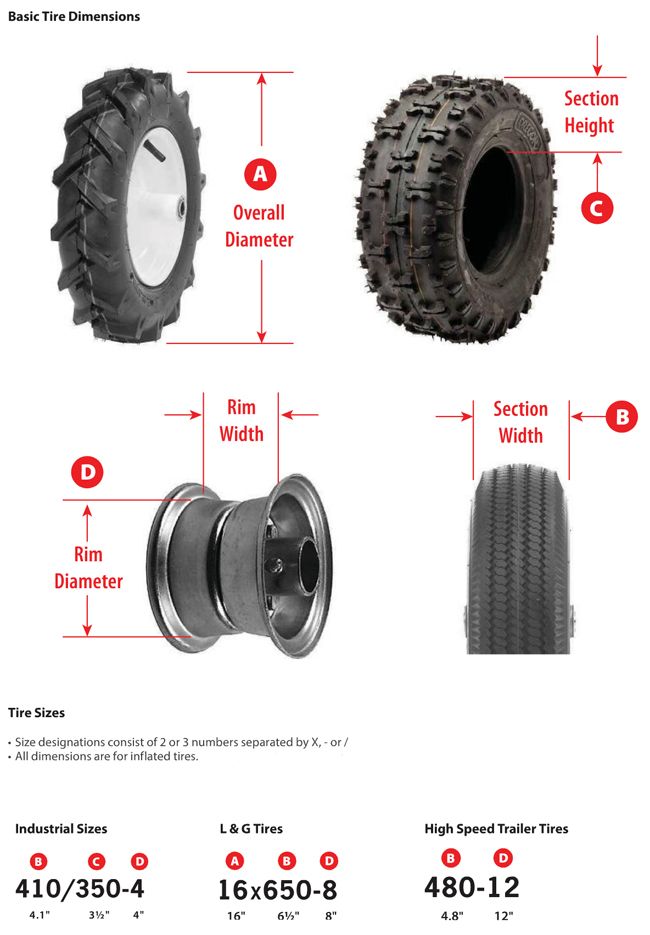 2 t
2 t
6.8 t
max 85 km/h
1260х370-508
11.4 m
Ural 58312a-555571-1121-60m
21.3 T
10 T
425/85R21 with adjustable pressure of
-
Ural 58312A-555571-1121-70M
21, 21, 3 T
10 T
425/85R21 with a regulated pressure of
-
Ural 58312A-555571-1121-721-72M
T
10 T
425/85R21 with a regulated pressure of
-Ural 58312D-4320-1921-60M
21.3t
9 T
425/85R21 with adjustable pressure of
-
Ural 58312E-4320-60m
21.3 t
9000425/85R21 with adjustable pressure
MAZ-4901P2-320
8.4 t
7400x30330x2550 mm
4 t
max 85 km/h
9000.00r20
MAZ-4906P2-220
9000 6.9 T 9000 9000 9000x33300x2500 mm ,000 9000 5.5.5 5.5.5 5.5.5.5 5.5.5.5 5.5.5.5 5.5.5.5 5.5.5.5.5 5.5.5.5.5 5.5.5.5.5 5.5.5.5.5 5.5.5.5.5.5 5.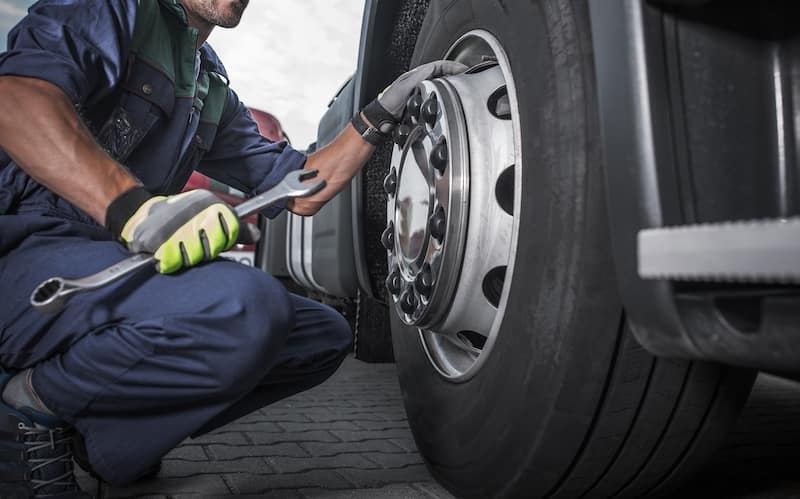 5.5.5.5.5 5.5.5.5.5.5.5 5.5.5 5.5.5.5AL t
5.5.5.5.5 5.5.5.5.5.5.5 5.5.5 5.5.5.5AL t max 60 km/h
9.00r20
-
MAZ-5920B2-210
8.9 t
74440x33300x2500 mm
-
315/80r22.5
-
9000-
315/80r22.5
-
MAZ -5917b2 -F10
10.7 t
6420x2550x3257 mm
to 7 t
315/80r22.5 9000
Truck stud prices
During operation, the winter set of tires wears out actively, loses grip, loses elasticity at low temperatures.
The studs wear off and fall out due to deformation. With such damage, manufacturers recommend changing tires to new tires in order to prevent an emergency, to prevent skidding on an unstable winter road. However, in a situation where metal cutters are damaged on new tires, it is not necessary to install a new set. It is enough to restore the studding.
Re-studding of winter tires is a standard procedure used to improve the performance of tires. It improves grip on icy surfaces, improves driving safety in cold weather.
It improves grip on icy surfaces, improves driving safety in cold weather.
Due to the design, the studs stop working even on new tires. If the tire wear is uneven, the cutters become dull, stop grabbing on an icy road, or become higher than the tread. This leads to the fact that they are pulled out during sudden braking or wheel slip. In this case, a new kit is not needed, since it makes sense to stud.
This process can be done by hand or with a tool. Before re-completing, it must be taken into account that the installation of spikes should be carried out 2-3 months before the onset of the winter period. The process is influenced by technology, the rubber must be dried before operation, after which a mandatory run-in must be carried out. Only if the conditions are met, you can get the desired effect - the spikes do not deform and do not fly out.
Studding winter tires can be done in several ways.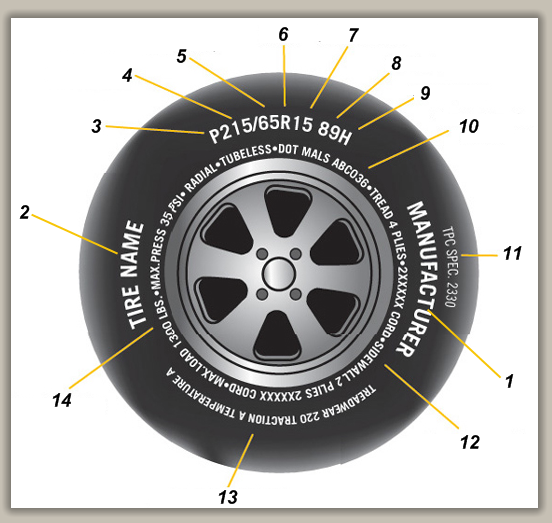 There is an initial and repair (repeated) method. The initial technology involves the operation of non-studded tires, which can be equipped at any time if necessary. Re-studding is a do-it-yourself procedure for installing new incisors to replace the lost ones. Self-installation increases the working life of the wheels, improves safety.
There is an initial and repair (repeated) method. The initial technology involves the operation of non-studded tires, which can be equipped at any time if necessary. Re-studding is a do-it-yourself procedure for installing new incisors to replace the lost ones. Self-installation increases the working life of the wheels, improves safety.
Despite the advantages of the method, there are restrictions that prohibit the repair of worn tires. If they are ignored, this will lead to poor-quality re-recovery and will not give a result.
Mounting studs on a winter tire is done in cases where:

Do-it-yourself reassembly of cutters is not allowed if:
Before making repairs, decide if you need additional studding or if it is better to replace the set of wheels. Only having determined the relevance, one should start work and re-install the metal elements.
Winter Disc protection
Tires Goodyear UltraGrip Arctic 2 SUV
Winter Drive Protection
Rating:
4.5
Tires Goodyear UltraGrip 600
Winter Drive Protection Sound Comfort
Rating:
4. 5
5
Tires Goodyear UltraGrip Ice Arctic
Winter Disc protection
Tires Goodyear UltraGrip Arctic 2
Winter Drive Protection Sound Comfort
Rating:
4.5
Tires Goodyear UltraGrip Ice Arctic SUV
Winter
Rating:
4
Tires Goodyear Cargo UltraGrip 2
There are several ways to reposition the incisors. Repair is done with a tool or with your own hands. In the first case, studding is used with an air gun, which pushes the edges of the winter tire at the desired angle. In the second case, the tire is equipped with conventional spikes, installed with a screwdriver and a hammer. The first method of re-studding is correct and guarantees the result. It involves the preparation of tires, cleaning the tread from contamination with compressed air. This avoids the distortion of metal elements, their rapid loss.
Repair is done with a tool or with your own hands. In the first case, studding is used with an air gun, which pushes the edges of the winter tire at the desired angle. In the second case, the tire is equipped with conventional spikes, installed with a screwdriver and a hammer. The first method of re-studding is correct and guarantees the result. It involves the preparation of tires, cleaning the tread from contamination with compressed air. This avoids the distortion of metal elements, their rapid loss.
It is possible to repair a winter tire in several stages, it is enough:
